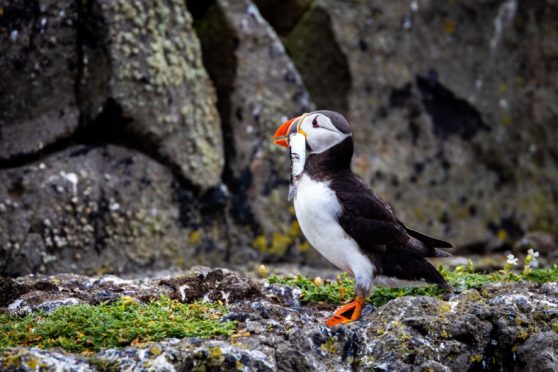A new report looking at thousands of seabird nests across north-western Europe has found 12% contain plastic debris – including around two-thirds of puffin nests.
The four-year study collected information from 14 seabird species in 84 colonies in the UK, Norway, Iceland, Sweden and the Faroe Islands to highlight the impact marine plastic pollution poses to wildlife.
The team, led by scientists from the North Highland College UHI’s Environmental Research Institute, found that 12% of the 10,274 nests they investigated included plastic debris, and Atlantic Puffins were the most affected species.
The amount of debris found in nests was also discovered to be related to the intensity of nearby human activity.
Plastic problems
To reduce costs and environmental impact, the research team asked observers who were visiting seabird colonies for other monitoring activities to help gather the data.
Dr Neil James, who was involved in the project as a post-doctoral research associate at the Environmental Research Institute, said: “Marine plastic pollution is an increasing global environmental issue which poses a threat to marine biodiversity.
“Seabirds are particularly affected by because of the risk of entanglement or ingestion.
“Our study found that a significant number of nests included plastic debris, with some species more likely to incorporate it than others.
“As well as providing important information about our seabird populations, this type of study can also reveal valuable insights into the prevalence of plastic in the marine environment.”
The full report can be found and read here.










